- Il 5 dicembre 2018 alle ore 6:48 pm
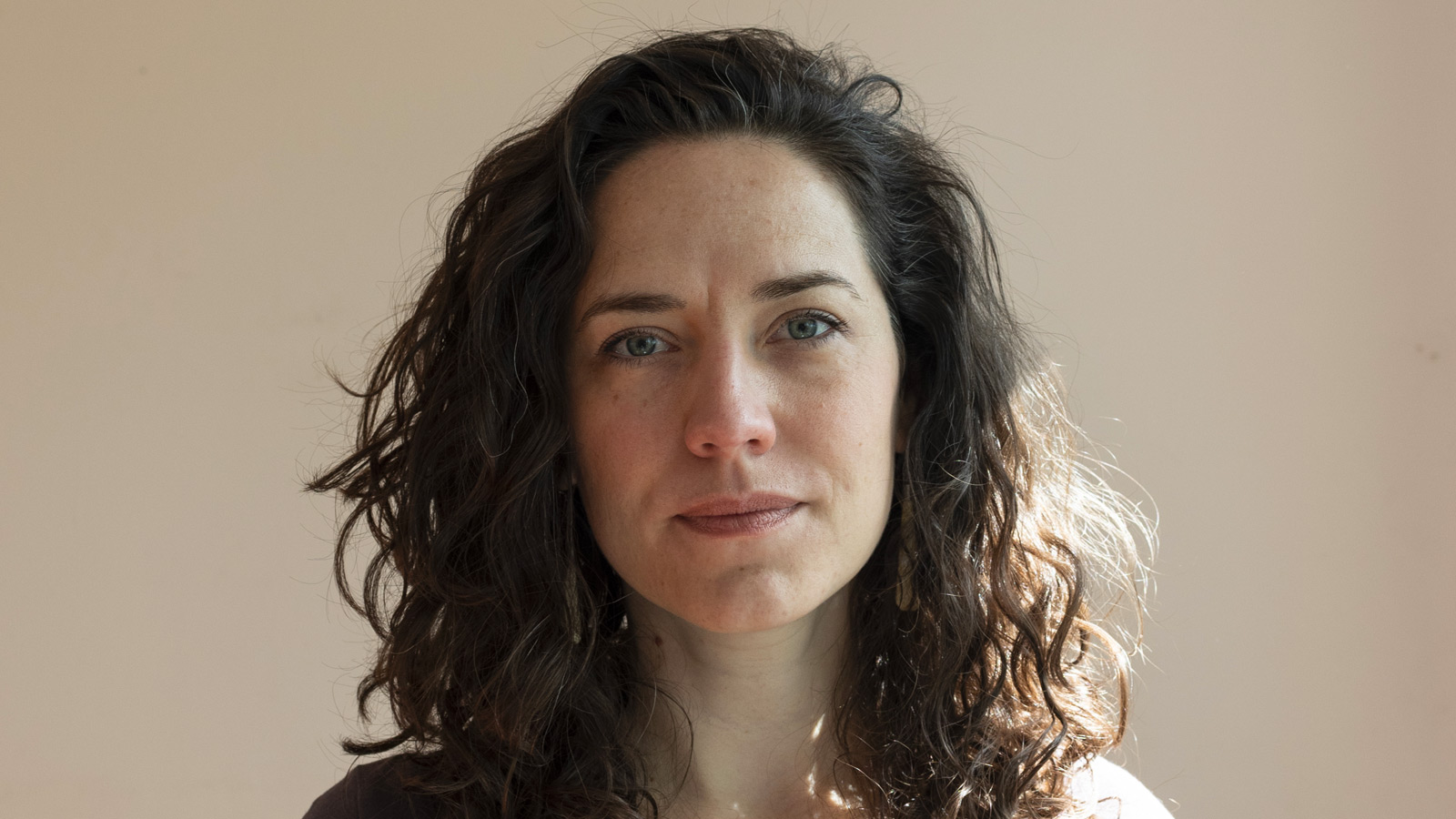
Virginia Colwell, © Andrea Martínez
È Virginia Colwell (Nebraska, USA) la giovane artista rappresentata da MARSO di Città del Messico e selezionata da Cristiana Collu, Direttrice della Galleria Nazionale d’Arte Moderna e Contemporanea di Roma, per Time is Out of Joint nel progetto Level 0 di ArtVerona 2018.
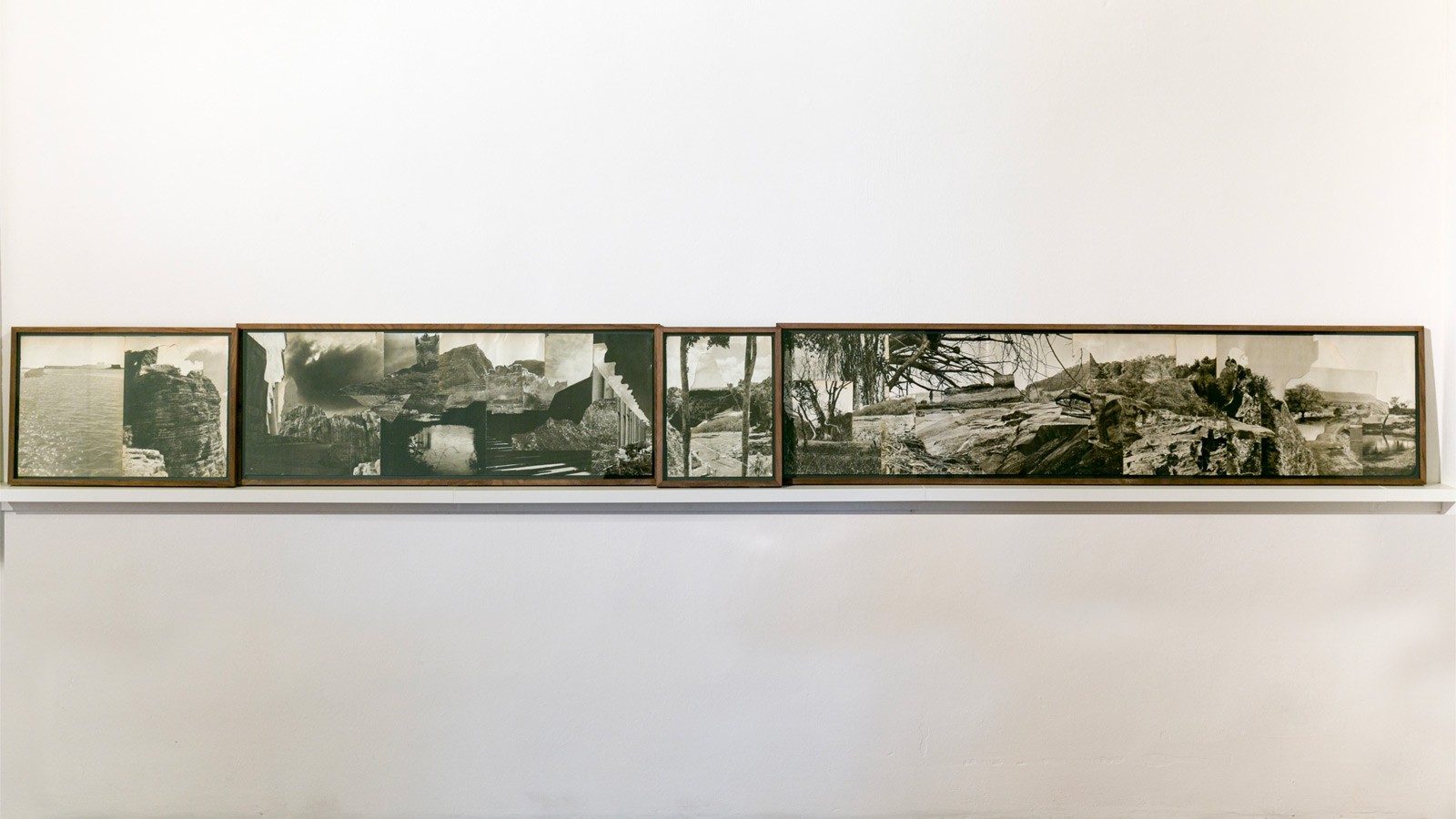
Virginia Colwell, Untitled Ruin, 2014
Classe 1980, la Colwell arriva per la prima volta in una grande Istituzione italiana dopo la recente e prima personale alla A-Palazzo Gallery di Brescia. Abbiamo deciso di intervistarla:
“All men have a secret attraction to ruins” says Chateaubriand at the end of the 800’s. This might have happened to you when you took inspiration from Rose MaCalauy’s The Pleasure of Ruins, for your work Untitled ruins. Can you explain its genesis?
I found The Pleasure of Ruins in a used-book store in Mexico City. The book has lovely pictures of ruins, the pictures are so beautiful and have such a romanticized perspective that I felt compelled to question why it is so difficult to separate the significance ruin from our idealized perception of them.
Anthropic landscape and wild landscape: collision or relationship?
I would say that the collision that we perceive between the man-made landscape and the wild landscape are symptoms of seeing ourselves as apart from nature; as if our anthropic landscapes could set clear boundaries between ourselves and the chaos of nature. Ruins show the absurdity of that perception and highlight a fluidity between the anthropic and wild landscape: what is wild now was once anthropic, what is anthropic now will again be wild.
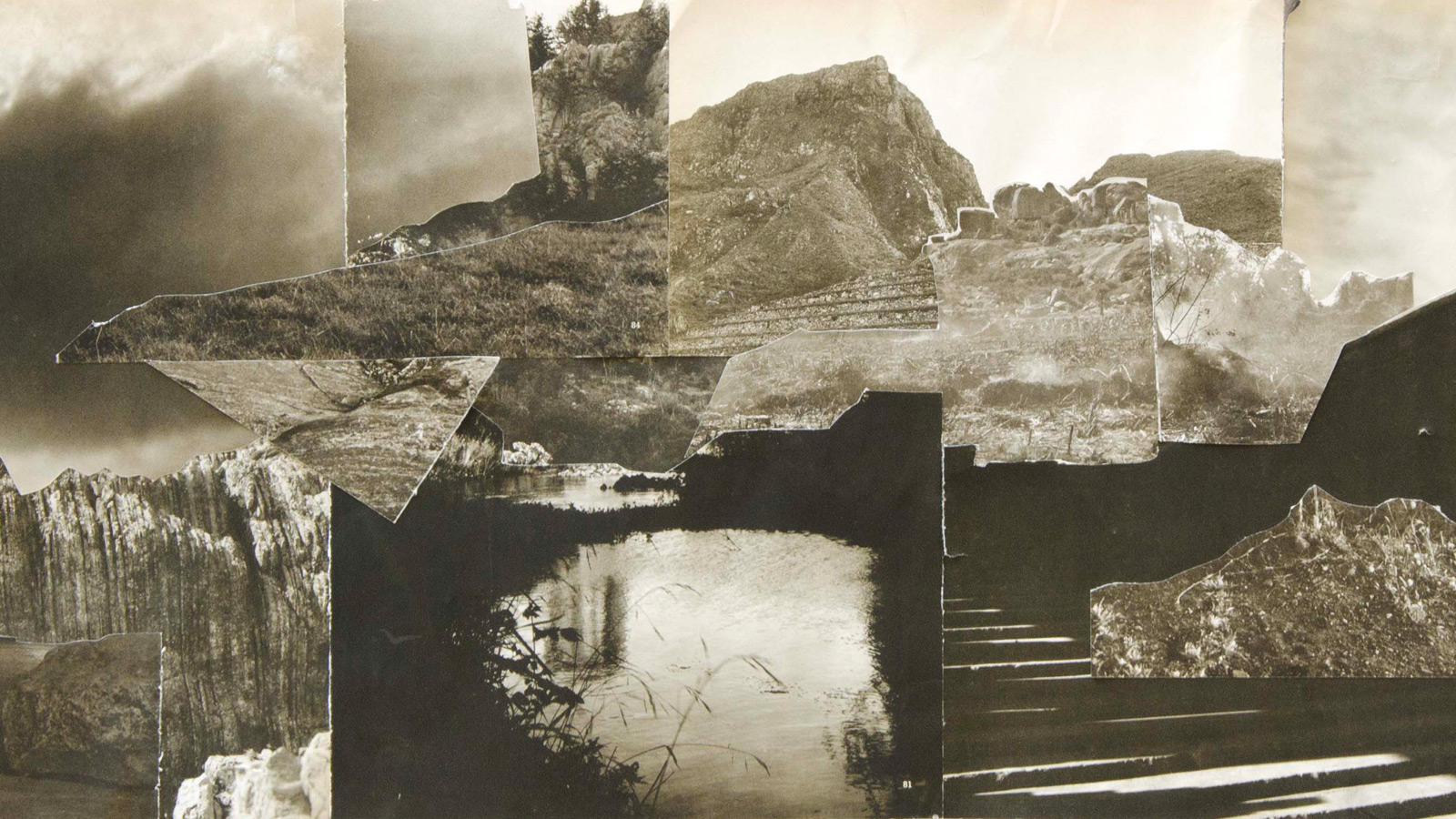
Virginia Colwell, Untitled Ruin (dettaglio), 2014
In a city like Rome, where the landscape is the result of many different historical phases, what does it mean “ruin”?
I live in Mexico City, which, while much younger than Rome, still has many historical layers and a landscape built upon, and peppered with, ruins. While passing these ruins in the streets on occasion one might feel the depth of time and the passing of empires fallen which these ruins can symbolize. However, on ordinarily days, ruins are just indicators of a specific place in a city. They signify a sense you-are-here, equivalent to all the other visible urban markers that organize one’s perception of place in a city.
When I’m in Mexico City’s center I love to pass by a huge Aztec plumed serpent sculpture built into a colonial building. But the uniqueness of this ruin has become part of my life and the passing of time it signifies isn’t frozen and preserved in a museum but is part of a messy, alive, urban landscape. In fact, usually when I pass by this sculpture, a tired street-seller with candies and cigarettes is sitting on the serpent’s head.
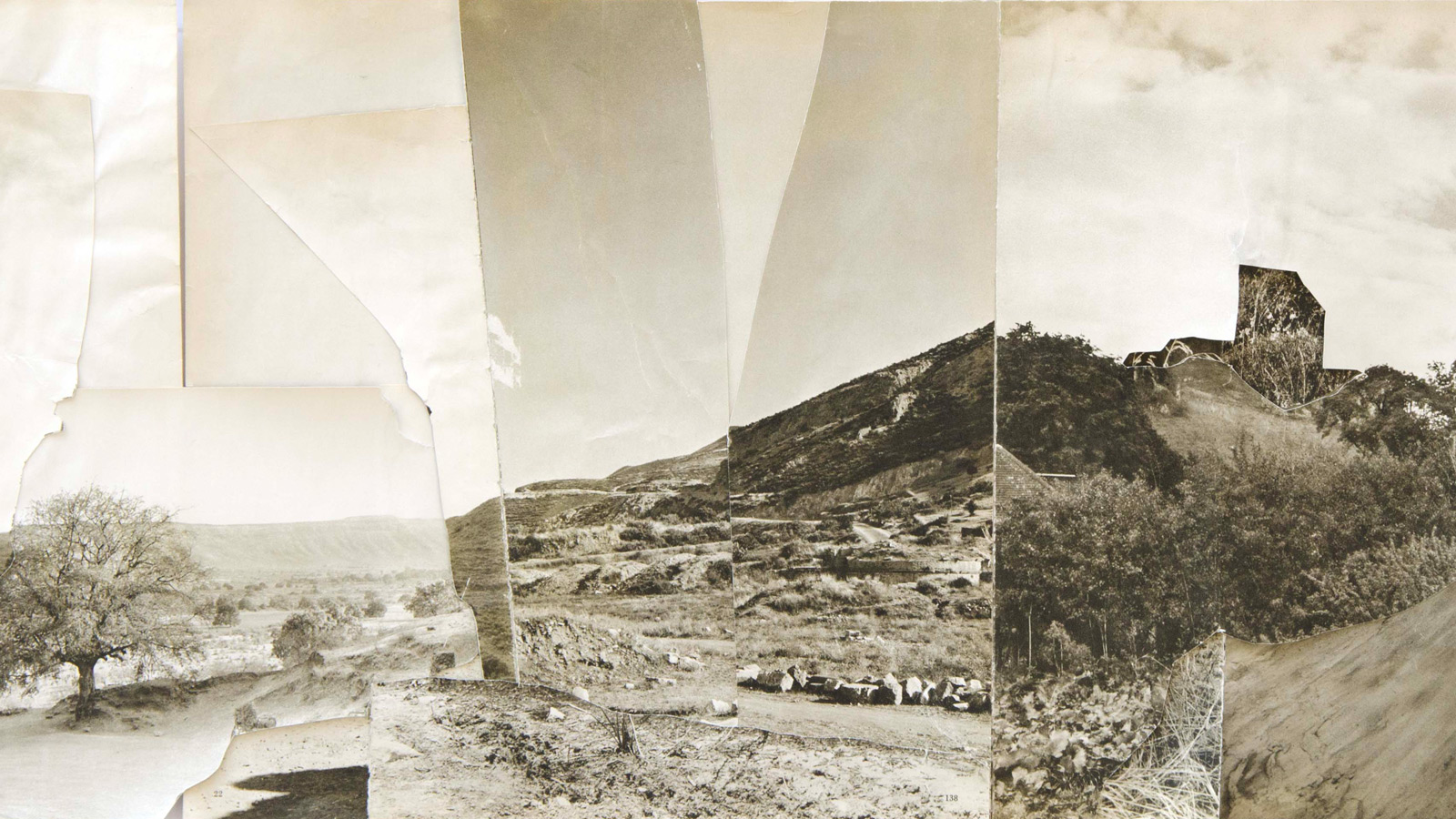
Virginia Colwell, Untitled Ruin (dettaglio), 2014
Is there an analogy for you between memory and ruin?
In general most ruins are not places that we have a living memory of. At least, the romantic idea of the ruin usually focuses its gaze on ruins of ancient or lost civilizations. Therefore, imagination, not memory, would be a better analogy for that relationship.
Of course there are contemporary ruins: buildings destroyed by war, economic downfall or natural disasters. Again, here in Mexico City, daily I pass by the many ruins of last year’s earthquake. Each one of those fractured buildings reminds me of the fragility our city, the ways the earthquake changed our lives, the days of citizen’s brigades, and uncertainty. At the same time those buildings also remind me of how quickly memory becomes pushed aside to live in the present: people occupy adjacent buildings, the rent increases despite the neighborhood’s sinking subsoil, and new people move into buildings, like my old studio, that have structural failings.
Ruins, like those of MaCalauy’s book, require us to not have memory of ruination. Ruins, like those from a recent disaster can be so filled with memory that you want them demolished rather than preserved.
In Untitled Ruins you removed the ruins from the photographs in Rose MaCalauy’s book. What happens when we remove the icons of history, erasing the visible past from a landscape?
The vast majority of our landscapes have no visible past in the form of ruins, despite the fact that these landscapes have been inhabited by different cultures over hundreds of years. Usually the lack of ruins isn’t an issue of removing icons or erasing the past but it’s the nature of decomposing building materials or shifting civilization patterns. If there are no ruins of the past then we usually have a vastly shortened concept of the history of a place.
I’m not sure if this is something to be lamented, it’s more of a reality of the passing time. And in Untitled Ruins I wanted to highlight this absence of the past which we encounter daily without even realizing it.
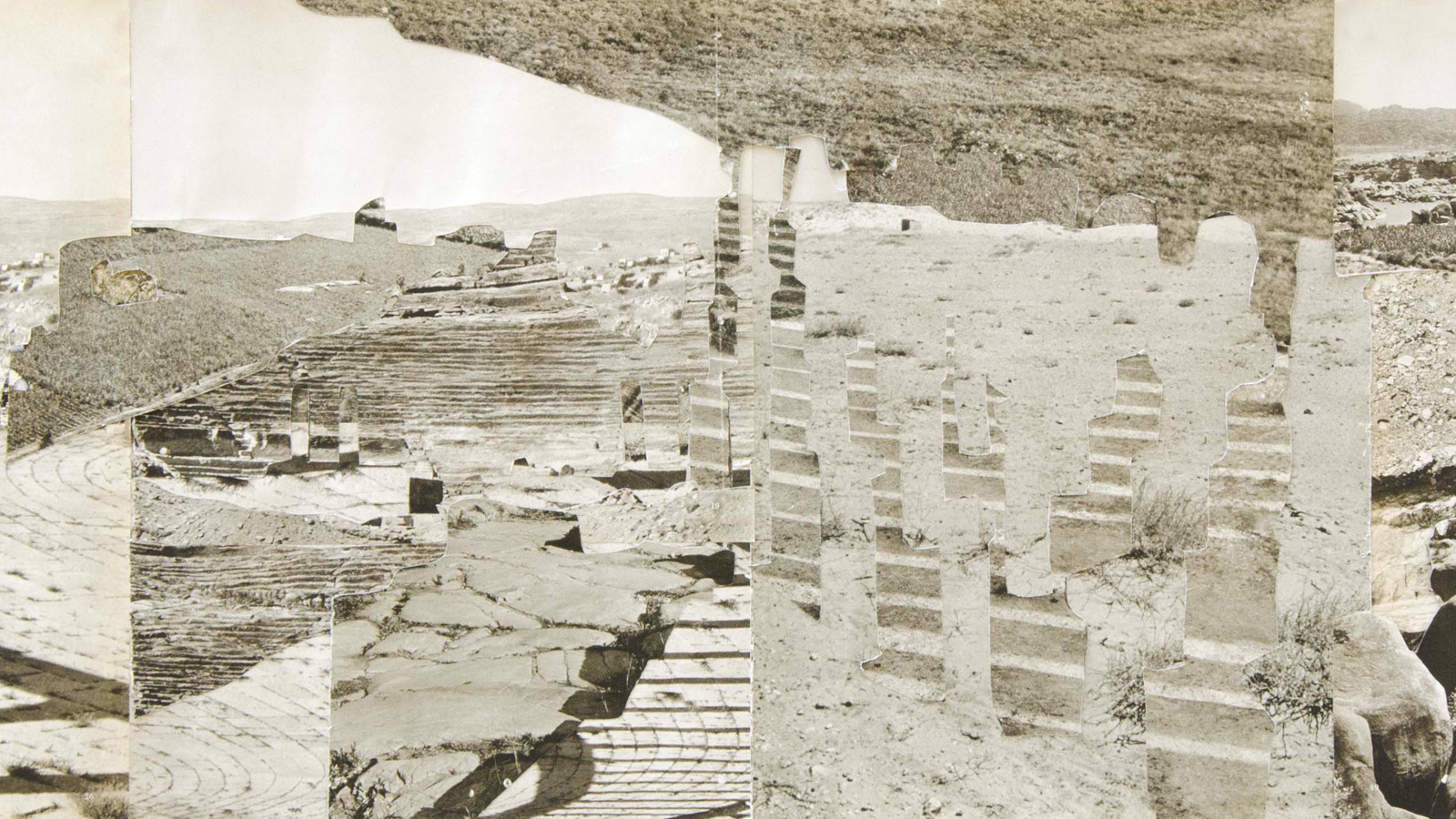
Virginia Colwell, Untitled Ruin (dettaglio), 2014
You work in a range of media including drawings, video, sculpture, sound art… The technique of the collage is a philological way to work? Could you explain more about this?
I often use collage in my works as a way of preserving the historical documents or images of my research while reconfiguring them according to whatever commentary or questions I have about that history. Collage for me is a sort of visual essay that I construct by pulling from many sources and reordering those sources through my own visual language and aesthetics.
Untitled Ruins has been selected at Level 0. Artverona by the Director of the National Gallery, Cristiana Collu for the exhibition Time is Out of Joint. Which is the role of your art with the theme of the time?
Since my work questions the past and how we narrate histories, time is always a present theme in the work. Sometimes it’s the focus of a series, like my recent work, the Eurydice Experiment, which uses a fictional narrative to explore our perception of time and memory. For other works, like in the video A Diptych, A Chronicle time functions as a narrative element which I play with in order to question how to tell a history that has no beginning or end.
